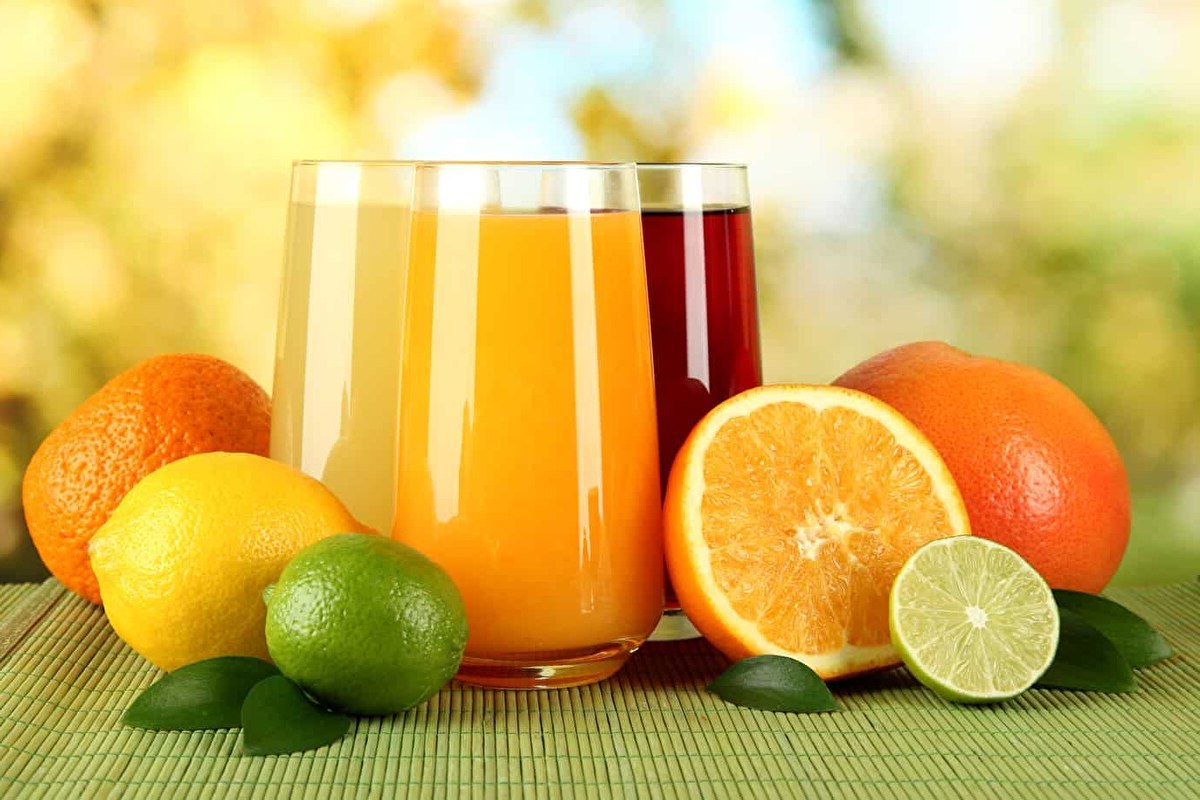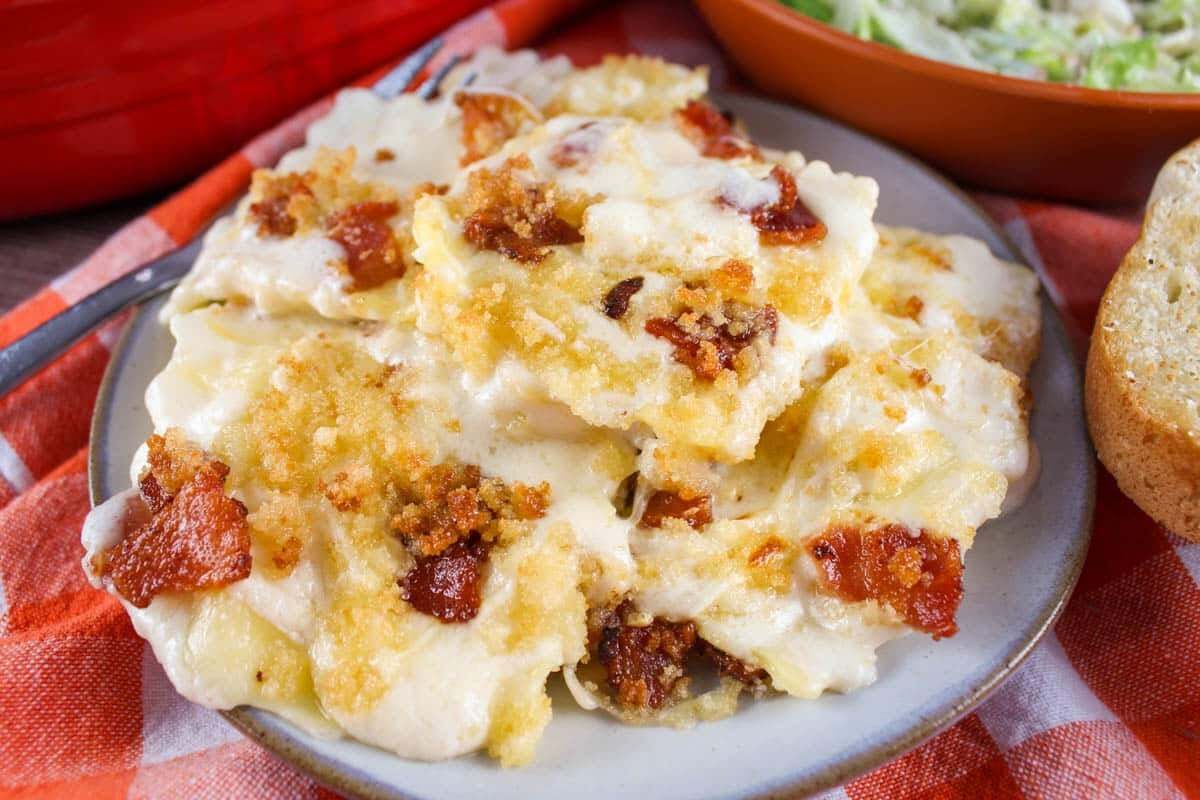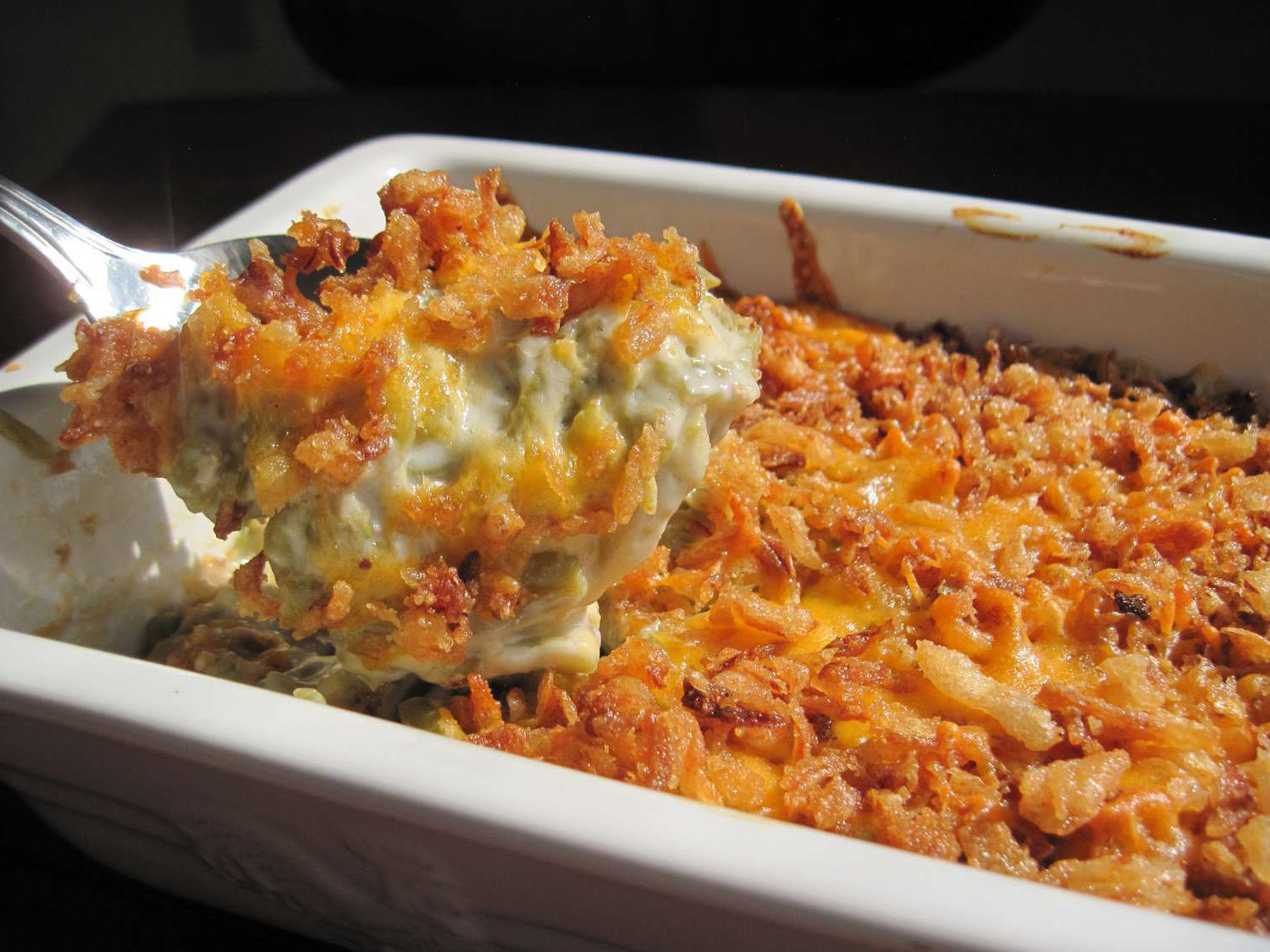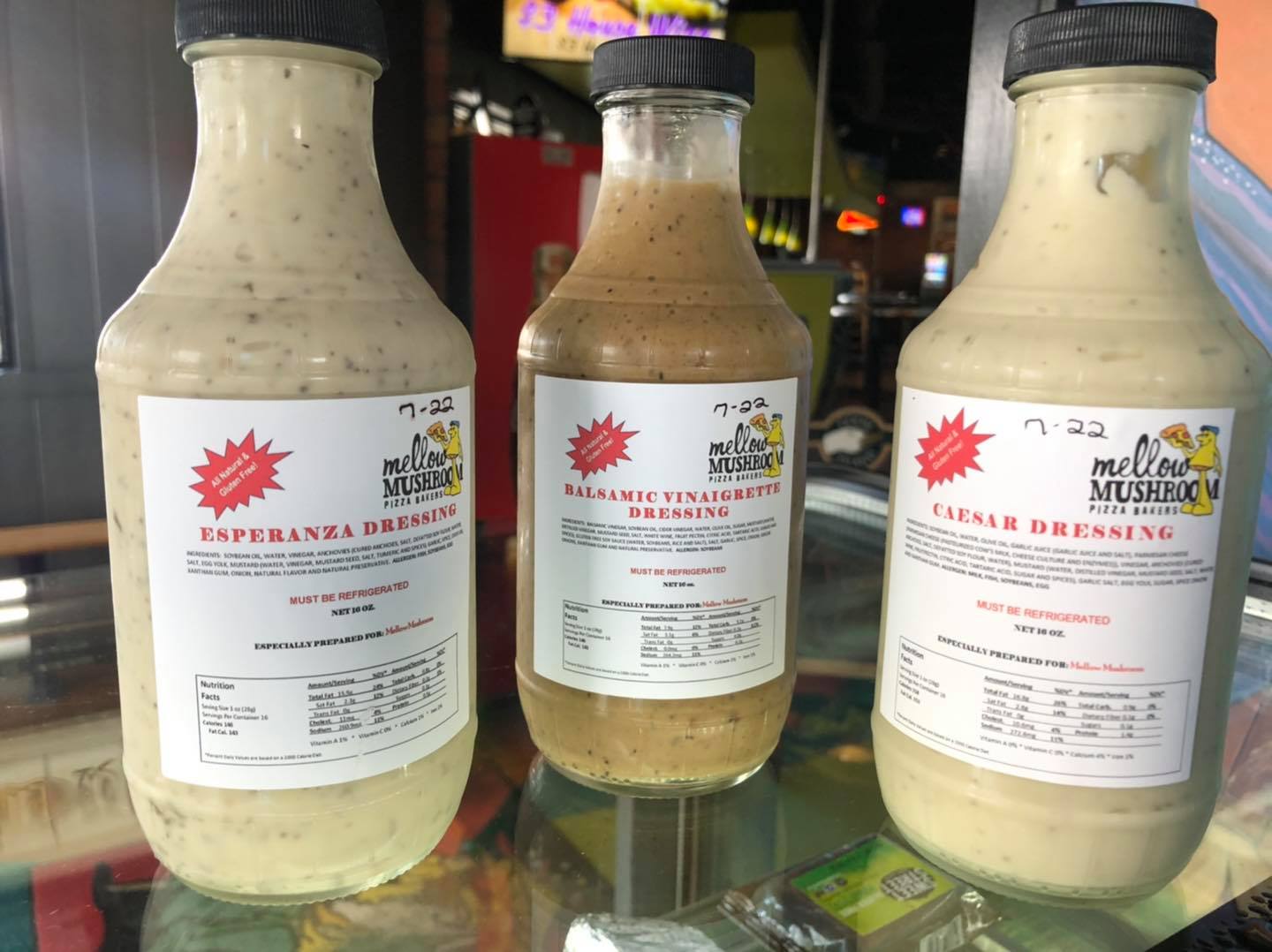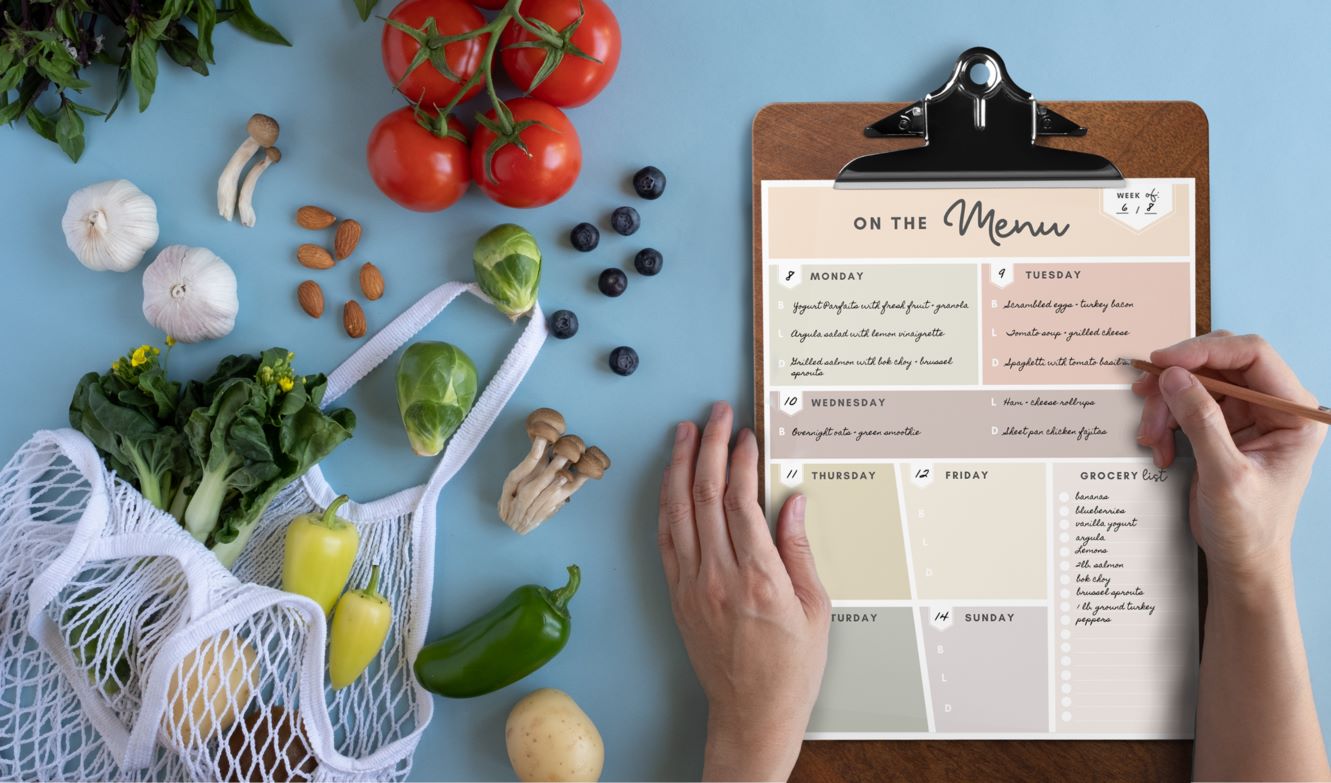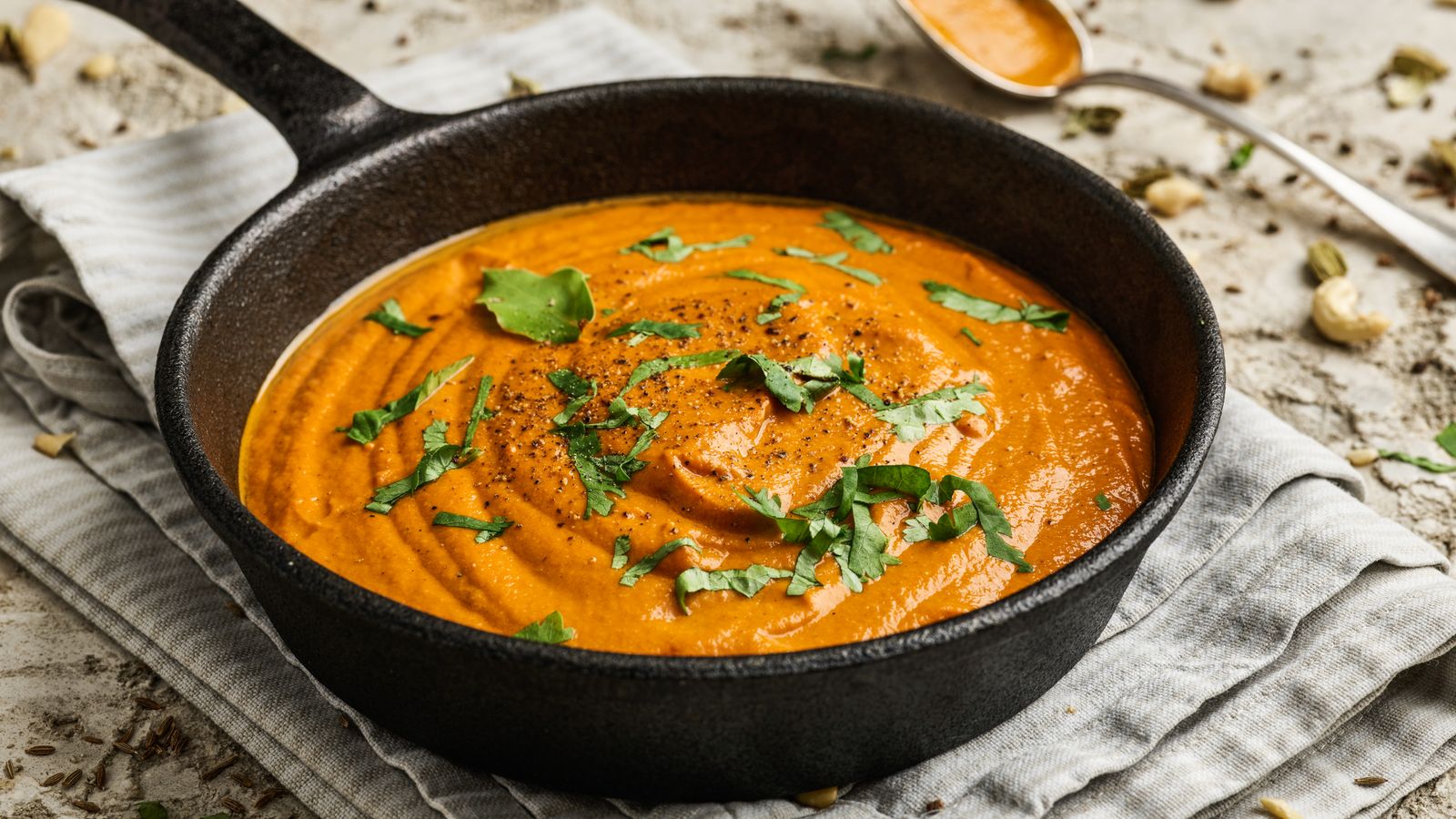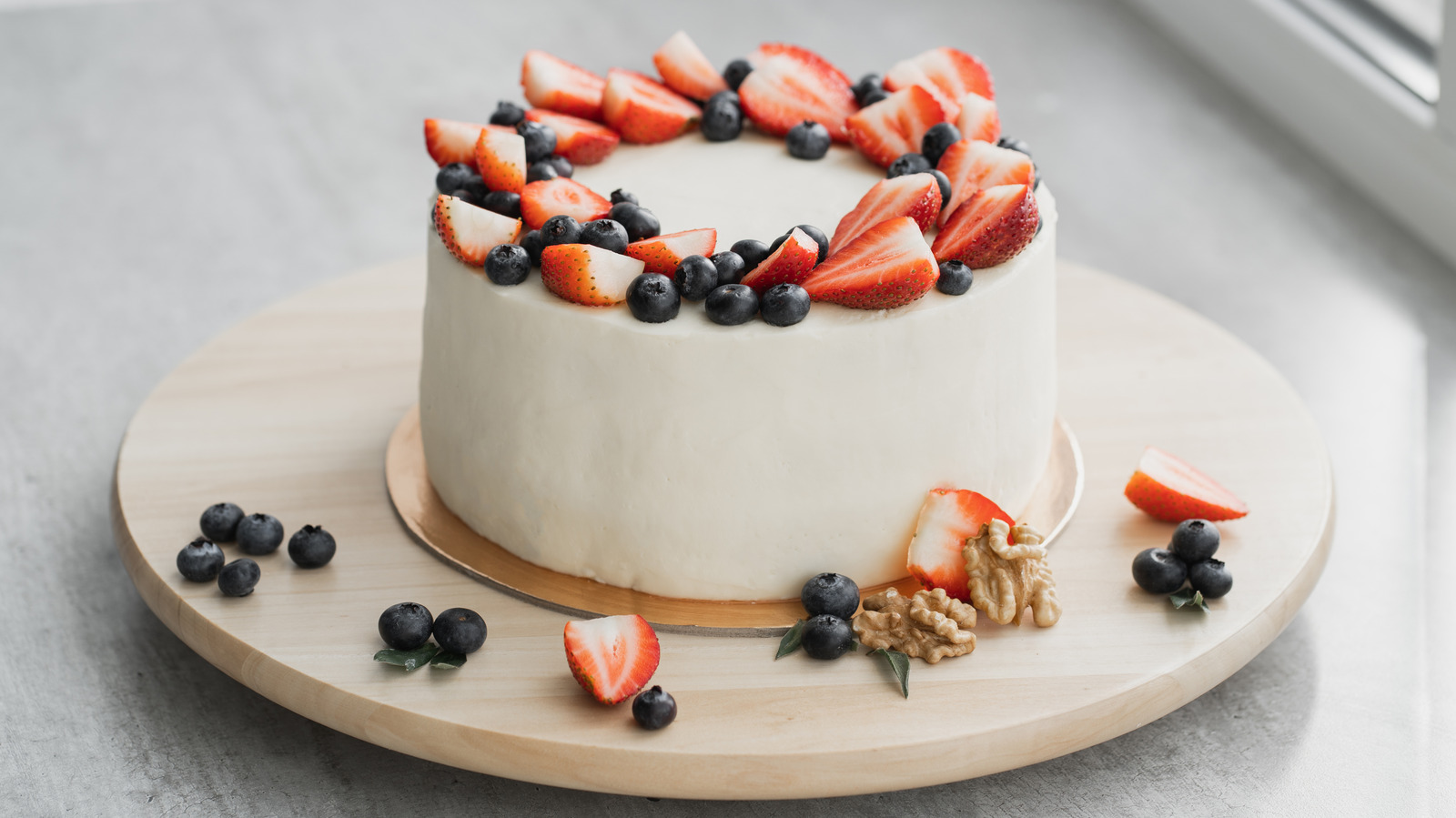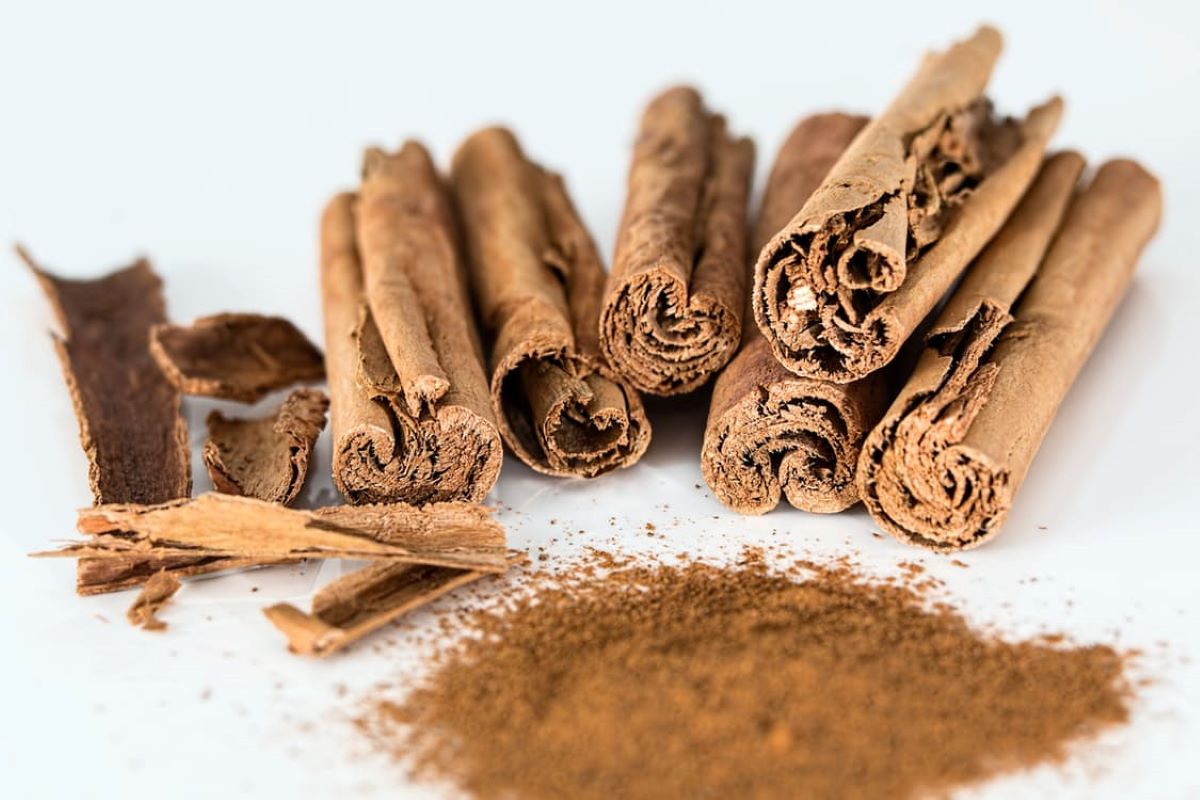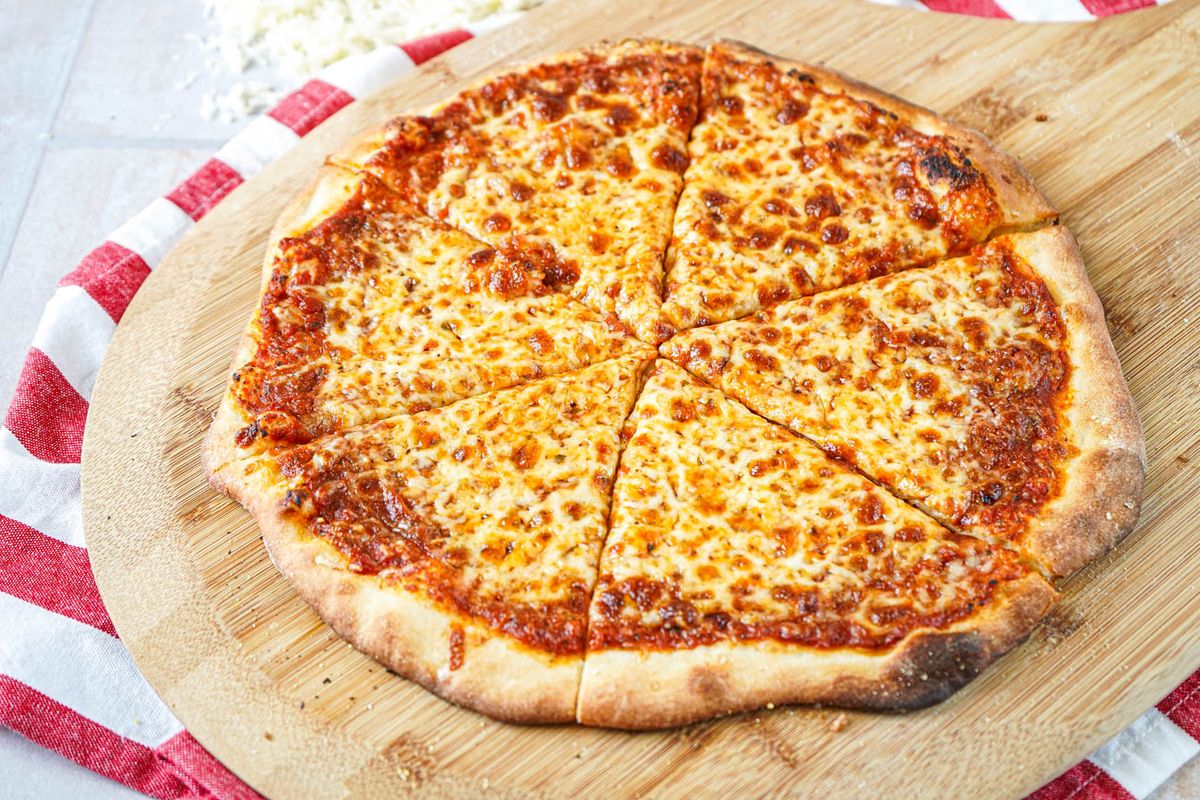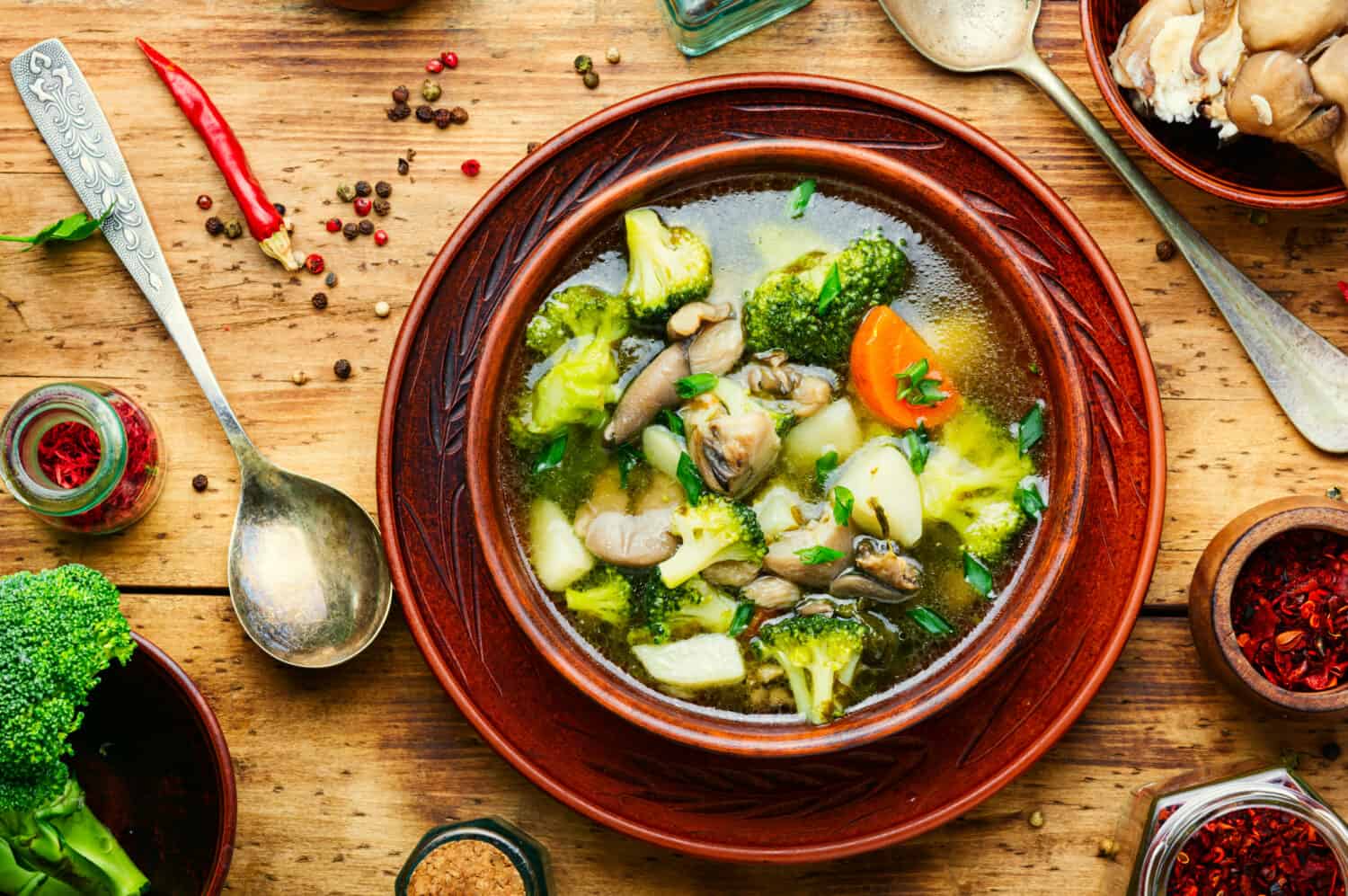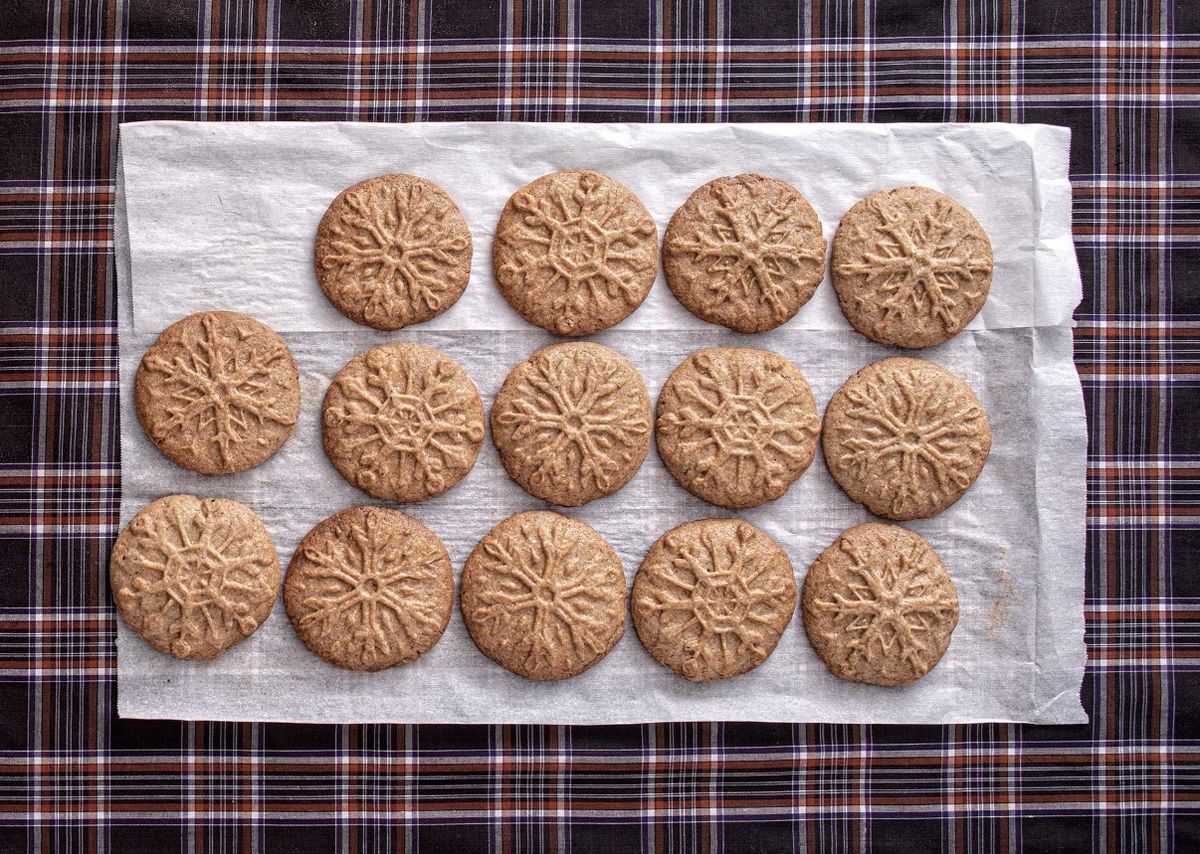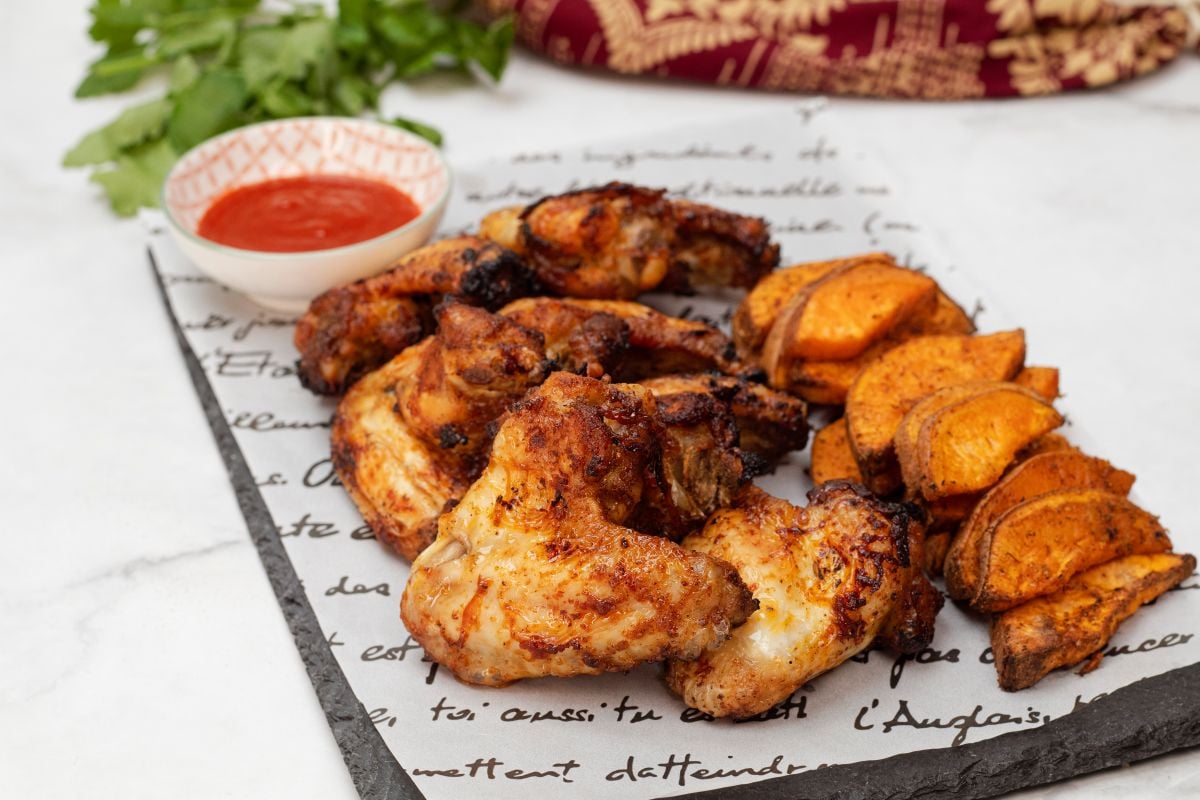Understanding Passover Matzah
Passover, also known as Pesach, is a significant Jewish holiday that commemorates the liberation of the Israelites from slavery in ancient Egypt. During this time, families gather to observe traditions and rituals that have been passed down for generations. One of the central elements of the Passover celebration is the consumption of matzah, a traditional unleavened bread that holds deep symbolic meaning.
What is Matzah?
Matzah, also spelled as matzo or matzoh, is a flat, unleavened bread that is a staple during the Passover holiday. It is made from flour and water, and it is baked quickly to prevent any leavening or rising. This process ensures that the matzah remains flat and cracker-like in texture.
The Significance of Matzah in Passover
Matzah holds great significance in the Passover tradition. According to the biblical story, when the Israelites fled Egypt, they did not have time to let their bread rise, so they baked unleavened bread, which became the first matzah. As a result, matzah is a symbol of both the haste with which the Israelites left Egypt and the humility and simplicity of the Jewish people.
During the Passover Seder, a ceremonial meal that marks the beginning of the holiday, matzah plays a central role. It is referred to as the “bread of affliction,” and it is eaten to remember the hardships endured by the Israelites during their time in slavery. Additionally, matzah is also known as the “bread of freedom,” symbolizing the newfound liberty that the Israelites gained upon leaving Egypt.
The Process of Making Matzah
The production of matzah is a meticulous process that adheres to strict guidelines to ensure its kosher status. The flour used must be carefully supervised to prevent any contact with water, which could cause it to rise. The entire baking process, from mixing the dough to removing the finished matzah from the oven, must be completed within 18 minutes to prevent any leavening.
Ways to Enjoy Matzah
During the Passover holiday, matzah is incorporated into various dishes and consumed in different ways. Some popular ways to enjoy matzah include:
- Matzah Ball Soup: Matzah meal is used to make delicious, fluffy matzah balls that are added to a flavorful broth to create a comforting soup.
- Matzah Pizza: Matzah serves as a crispy, unleavened crust for a Passover-friendly pizza topped with sauce, cheese, and other favorite toppings.
- Matzah Brei: This dish involves soaking matzah in water or milk, then mixing it with eggs and frying it to create a savory breakfast or brunch option.
- Matzah Toffee: Matzah is coated in a layer of caramel and chocolate to create a sweet and crunchy treat known as matzah toffee.
Conclusion
Matzah is a fundamental element of the Passover holiday, serving as a powerful symbol of the Jewish people’s history and traditions. Whether enjoyed on its own or incorporated into a variety of dishes, matzah continues to hold a special place in the hearts and homes of those who celebrate Passover.
As families come together to observe the rituals of the holiday, the presence of matzah serves as a reminder of the enduring legacy of the Jewish people and the enduring significance of Passover.
Was this page helpful?
Read Next: What Is Natural Smoke Flavor?
